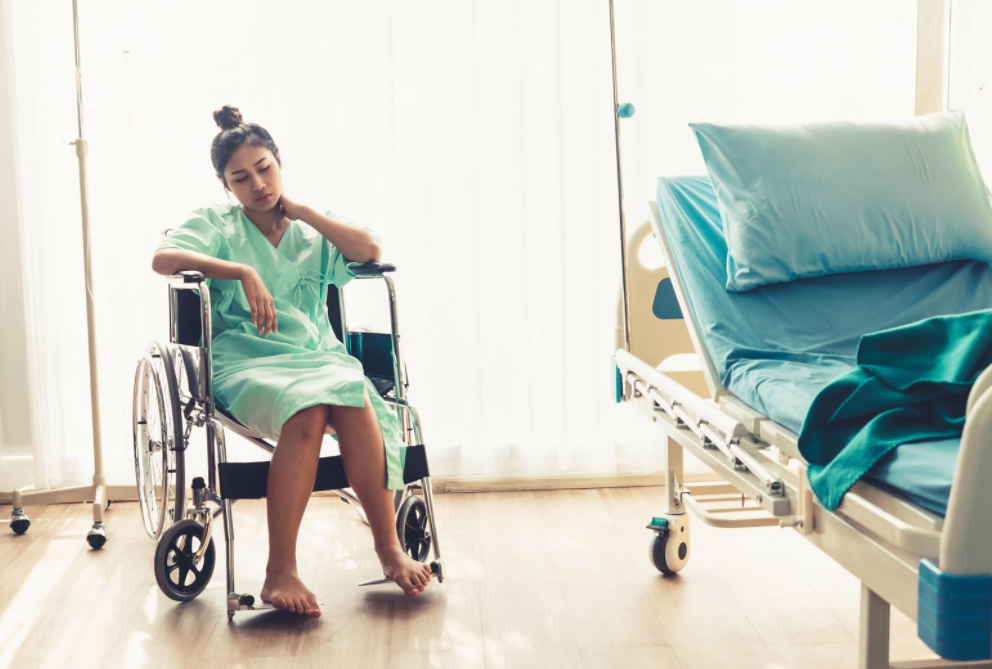Midwives are given a trusted role in the birthing process, but sometimes they can cause harm to a child during delivery. These birth injuries can last throughout a child’s life and saddle them with crippling medical expenses as well as physical ailments that prevent them from enjoying the highest quality of life possible. Unfortunately, midwife malpractice is more common than you might think. Knowing what signs to watch for that indicate you and your child are victims is vital to obtaining the compensation to which you’re both entitled.

When Can You Sue a Midwife?
A midwife may be sued if you can prove negligence on their behalf during their period of care for you. However, this can be difficult, as negligence in the medical field requires a relatively high burden of proof to establish. If you can present facts that indicate a midwife’s behavior led to a predictable negative outcome for you or your child due to their own behavior, which itself ran against accepted norms, then you likely have a case against them. Of course, the legal system can be very complex to navigate if you don’t have any experience so it’s worth looking for skilled personal injury and medical malpractice lawyers who can translate the jargon of the law. They can help compile evidence for your case and give you an idea of what will or won’t be accepted in a court. However, this alone won’t be sufficient for you to successfully file a case and obtain compensation.
Additionally, even in the event that you are able to file a case against a midwife, you may have difficulty obtaining compensation from them if they aren’t insured. Midwives without insurance may face the full brunt of medical malpractice liability, which may be sufficient to drive them to bankruptcy. Working with an experienced birth injury lawyer can help you obtain the necessary compensation for your injuries and those of your child.
What Types of Birth Injuries Can a Midwife Cause?
A midwife can cause a wide variety of birth injuries that can impact a newborn leading to a variety of conditions, including the following:
- Erb’s palsy
- Cerebral palsy
- Brachial plexus injuries
- Nerve damage
- Bone breaks and fractures
- Lacerations
- Excessive bleeding
- Brain injuries (including kernicterus)
- Wrongful death
How Do You Know a Midwife is Liable?
There are certain instances in which a midwife will be liable for harm that comes to you during birth. Knowing what these look like can help you take fast action if they mirror your situation:
- You had a high-risk pregnancy and the midwife didn’t notify you
- The midwife lied or misrepresented their credentials
- The midwife ignored important conditions that impacted your health or that of your child
- The midwife didn’t make adequate preparations for the type of delivery you required
How Can You Tell a Midwife is Qualified?
The good news is that there are two broad midwife classifications that you can check to see if the one you wish to use is accredited. Certified nurse-midwives (CNM) are nurses that have also trained to become midwives and deliver in hospitals, as home births present too many liabilities for their insurers to cover. If you’re intent on home birth, a certified professional midwife (CPM) is an option. They’ve completed a certification exam that consisted of 350 multiple-choice questions and completed an apprenticeship as a midwife or attended a midwifery school.
A midwife can be a valuable partner during your delivery and can ensure that you experience safe and natural childbirth. However, if you suspect that your midwife was neglectful in their care for you, or if you discover they had previous instances of neglect in their record, then it’s vital to take the steps necessary to file a claim against them. The sooner you move to do so, the more likely it is that you’ll be able to obtain the compensation to which you and your child are entitled.
About the Author
Katherine Webre is a passionate writer with years of experience in legal. She has dedicated her career to represent the most vulnerable among us, children who have suffered severe injustice. Beyond legal action, Katherine also takes up the pen to raise awareness and inform audiences about birth injuries. By sharing her expertise, she hopes to empower people to act against any prejudice and works as a collaborative editor for Birth Injury Lawyer.




